(626) 539-3524
Healing Trauma Through ACT: A New Path to Recovery

Healing Trauma Through ACT: A New Path to Recovery
Trauma leaves deep emotional imprints that can feel impossible to escape. Many people find themselves stuck in cycles of avoidance, intrusive memories, or overwhelming emotions; these patterns can create a sense of powerlessness, as though life is being lived in reaction to past events rather than in pursuit of a meaningful future. Acceptance and Commitment Therapy (ACT) provides a different path—one that helps you process trauma while reclaiming your ability to live a fulfilling and values-driven life.
If you’re in Wyoming or California and seeking convenient telehealth psychotherapy, we offer hour-long sessions to support your personal growth and well-being; for those outside these states, we provide international coaching through Bowen Family Systems, helping individuals break free from reactive cycles, build resilience, and cultivate deeper self-understanding. Trauma can be a difficult and isolating experience, but you do not have to navigate it alone. Reach out to explore how we can work together to help you move forward.
Why Trauma Keeps You Stuck
Trauma often triggers a natural response to avoid painful memories and emotions. In the short term, this can feel protective; however, avoidance comes at a cost. The more we push away distressing experiences, the more power they gain over us. Avoidance reinforces fear, disconnection, and a sense of being controlled by past events. Over time, this can create a rigid, constricted life—one where a person may struggle with trust, relationships, or even basic daily functioning.
Common signs of being stuck in trauma include:
- Emotional numbness – A difficulty feeling joy, love, or excitement.
- Overwhelming emotions – Intense waves of sadness, anger, or fear that seem unmanageable.
- Avoidance behaviors – Actively steering clear of people, places, or situations that might remind you of the trauma.
- Hypervigilance – Feeling constantly on edge, expecting danger at every turn.
- Negative self-perception – Believing that the trauma defines who you are and that you will never be whole again.
Traditional approaches to trauma recovery often focus on revisiting past events in a structured way; while this can be effective, it does not always address the emotional avoidance and self-judgment that keep trauma alive. This is where ACT stands out—it helps individuals shift their relationship with painful thoughts and emotions rather than trying to control or eliminate them.
How ACT Helps with Trauma Recovery
ACT is an evidence-based therapy that encourages psychological flexibility, helping individuals move away from avoidance and reactivity while building a life aligned with their values. The six core processes of ACT offer a roadmap for navigating trauma:
Defusing from Trauma-Driven Thoughts
Trauma generates intrusive, distressing, and self-critical thoughts. You might hear an internal voice saying, I am broken; I will never be safe; I should have done something differently. These thoughts often feel overwhelming because they appear as absolute truths. ACT helps you recognize them for what they are—mental events rather than unchangeable facts. By developing cognitive defusion skills, you can create distance from harmful thought patterns and reduce their grip on your emotions.
Acceptance Over Avoidance
A common response to trauma is attempting to suppress painful emotions; however, research shows that the more we resist difficult feelings, the stronger they become. ACT teaches you to create space for emotions without being consumed by them. This approach does not mean resigning yourself to suffering—it means allowing emotions to exist without dictating your choices. Over time, this reduces their intensity and gives you more control over your life.
Present-Moment Awareness
Many trauma survivors struggle with being pulled into distressing memories of the past or anxiety about the future. Mindfulness, a key component of ACT, helps anchor you in the present moment; this can be particularly useful in managing flashbacks, dissociation, and heightened states of arousal. Through simple grounding exercises, such as focusing on your breath or engaging with sensory experiences, you can learn to bring your awareness back to the here and now.
Self-as-Context
Trauma can make it feel as though your pain is your identity; when experiences of suffering dominate, it’s easy to believe that they define who you are. ACT introduces the concept of self-as-context, which helps you see that you are not just your thoughts, emotions, or past events—you are the observer of these experiences. This shift in perspective creates space for healing, allowing you to separate yourself from the trauma while still acknowledging its impact.
Values-Based Living
Trauma does not have to dictate your future. ACT encourages reconnecting with your core values—those aspects of life that bring you meaning and fulfillment. Whether it’s relationships, creativity, adventure, or personal growth, values serve as a compass for action. Even in the presence of painful memories, you can take small steps toward a life aligned with what truly matters to you. This process fosters resilience and a sense of agency, helping you move beyond survival mode.
Reclaim Your Life from Trauma
Healing from trauma is not about erasing the past—it’s about learning how to carry it differently. Many people believe that healing means reaching a point where they no longer feel pain; in reality, recovery is about building the capacity to experience emotions without being controlled by them. ACT offers a framework for holding your experiences with compassion while moving forward with intention.
Practical Steps for Applying ACT to Trauma Recovery
If you’re interested in integrating ACT principles into your healing journey, here are some actionable steps you can take:
-
Practice Defusion – The next time a distressing thought arises, try labeling it as an observation rather than an absolute truth (e.g., I am having the thought that I will never heal). This subtle shift can help reduce the intensity of negative thoughts.
-
Create Space for Emotions – When painful emotions surface, instead of fighting them, try sitting with them. A useful exercise is to visualize your emotions as waves in the ocean—allow them to rise and fall without resistance.
-
Engage in Mindfulness – Take a few moments each day to practice mindfulness, whether through breathing exercises, body scans, or simply observing your surroundings with curiosity. This can help ground you in the present.
-
Identify Your Values – Ask yourself, If trauma was no longer in control, how would I want to live my life? Make a list of values and small actions that align with them.
-
Commit to Meaningful Action – Even if anxiety or discomfort arises, take one small step each day toward a life that reflects your values. Whether it’s reaching out to a friend, engaging in a creative project, or practicing self-care, these actions reinforce your ability to move forward.
Take the Next Step in Your Healing Journey
Recovery from trauma is not a linear process, nor is it something you need to navigate alone. If you’re ready to explore how ACT can support your healing, professional guidance can help you apply these principles in a way that’s tailored to your unique experiences.
At Bydand Therapy, we offer specialized telehealth psychotherapy for clients in Wyoming and California; for those outside these states, we provide international coaching through Bowen Family Systems. Whether you’re struggling with intrusive memories, emotional dysregulation, or feelings of disconnection, we are here to help you cultivate resilience and reclaim your life.
Are you ready to take the next step? Reach out today to begin your journey toward healing and self-empowerment.


